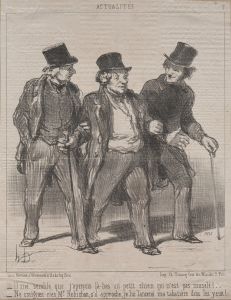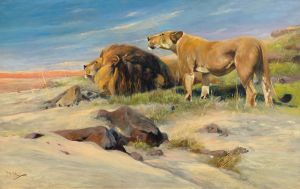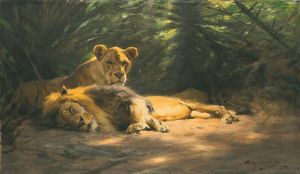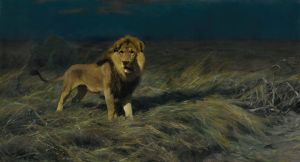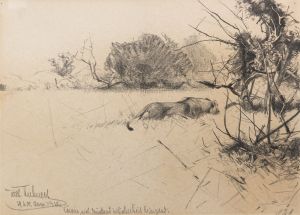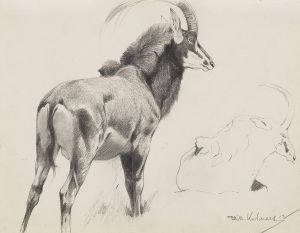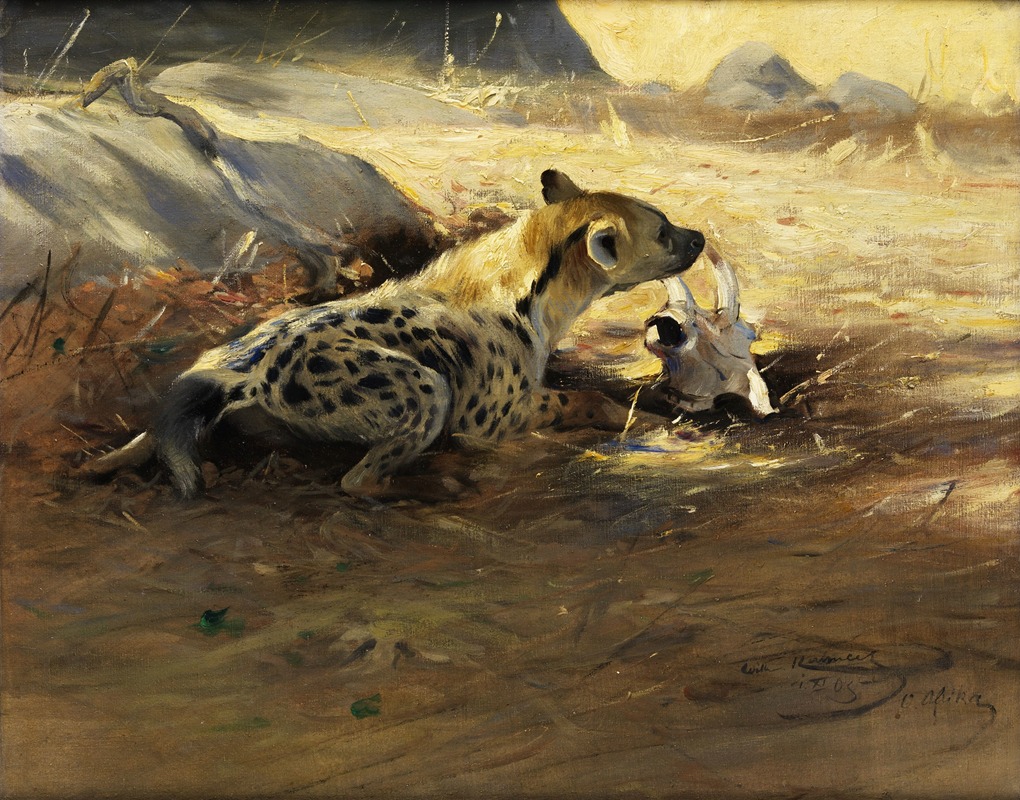
Hyäne
A hand-painted replica of Wilhelm Kuhnert’s masterpiece Hyäne, meticulously crafted by professional artists to capture the true essence of the original. Each piece is created with museum-quality canvas and rare mineral pigments, carefully painted by experienced artists with delicate brushstrokes and rich, layered colors to perfectly recreate the texture of the original artwork. Unlike machine-printed reproductions, this hand-painted version brings the painting to life, infused with the artist’s emotions and skill in every stroke. Whether for personal collection or home decoration, it instantly elevates the artistic atmosphere of any space.
Wilhelm Kuhnert was a renowned German painter and illustrator, best known for his detailed and realistic depictions of wildlife. Born on September 28, 1865, in Oppeln, Germany (now Opole, Poland), Kuhnert developed a passion for art and nature at a young age. He studied at the Royal Academy of Arts in Berlin, where he honed his skills in painting and illustration. Kuhnert's work primarily focused on animals, and he became particularly famous for his portrayals of African wildlife.
One of Kuhnert's notable works is "Hyäne," which translates to "Hyena" in English. This painting exemplifies Kuhnert's skill in capturing the essence and character of his animal subjects. While specific details about the creation of "Hyäne" are limited, it is consistent with Kuhnert's broader body of work, which often features animals in their natural habitats, depicted with great attention to detail and anatomical accuracy.
Kuhnert's approach to painting was heavily influenced by his travels to Africa. He made several expeditions to the continent, starting in the late 19th century, which allowed him to observe animals in their natural environments. These journeys were crucial in shaping his artistic style and providing him with firsthand experiences that he translated into his art. His paintings are characterized by their realistic portrayal of animals, often set against the backdrop of the African landscape.
"Hyäne" likely reflects Kuhnert's commitment to realism and his deep understanding of animal behavior and anatomy. His ability to capture the unique characteristics of each species made his work stand out among his contemporaries. Kuhnert's paintings were not only artistically impressive but also served as valuable records of wildlife during a time when photography was not as advanced or widespread.
Throughout his career, Kuhnert's work gained significant recognition, and he became one of the most sought-after wildlife artists of his time. His paintings were exhibited in various galleries and exhibitions, and he received numerous accolades for his contributions to art and natural history illustration. Kuhnert's influence extended beyond the art world; his illustrations were also used in scientific publications and books, further cementing his reputation as a leading figure in wildlife art.
Wilhelm Kuhnert passed away on February 11, 1926, in Flims, Switzerland. Despite the passage of time, his work continues to be celebrated for its artistic merit and its role in documenting the natural world. "Hyäne," like many of his other paintings, remains a testament to his skill and dedication to capturing the beauty and complexity of wildlife. Today, Kuhnert's paintings are held in high regard by collectors and art enthusiasts, and they continue to inspire new generations of wildlife artists.





